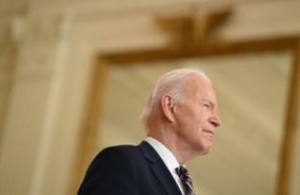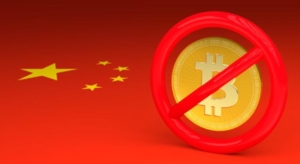FOMC Preview
What’s in Today’s Report:
- FOMC Preview
Stock futures are modestly lower this morning as investors continue to monitor the war in Ukraine and rising tensions between the U.S. and China surrounding the conflict.
Geopolitically, a new round of talks is scheduled between Russia and Ukraine today while the U.S. has warned China over providing Russia with military support.
Economically, several Chinese data points handily beat estimates overnight but the data was overshadowed by a sharp rise in Covid-19 cases in various regions of the country while European data came in below estimates this morning. With geopolitics still dominating news wires and the Fed meeting coming into focus, however, none of the data materially moved markets overnight.
Today, there are two economic reports to watch ahead of the bell: PPI (E: 1.0%, 10%) and Empire State Manufacturing Index (E: 8.0), and with the March FOMC meeting getting underway, the inflation data will be closely watched and could cause a dovish/hawkish reaction across asset classes ahead of tomorrow’s announcement.
Bottom line, Ukraine headlines will still move markets today and any progress towards a ceasefire will be well-received however expect a sense of Fed paralysis to increasingly grip the markets as the day goes on and traders position into the first rate hike in years.




